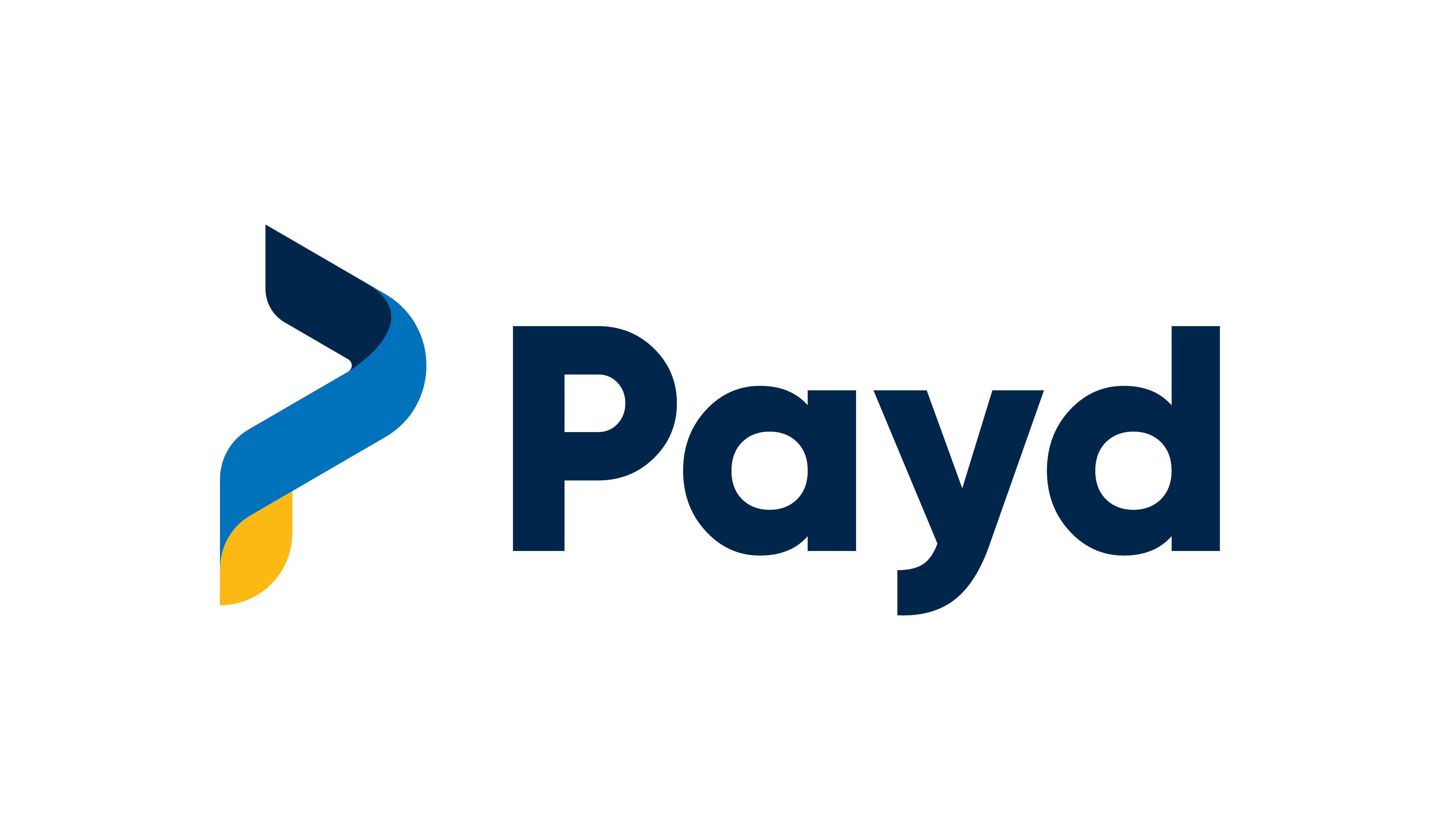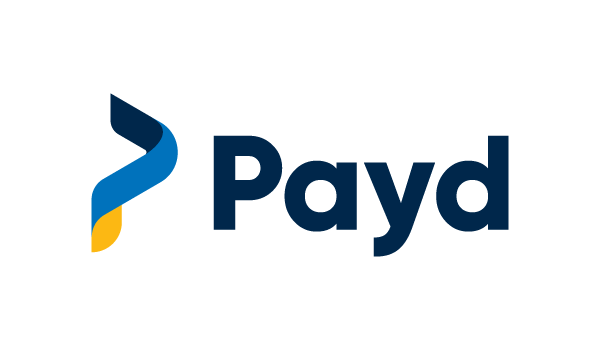For many low-wage workers in Malaysia, the days leading up to payday can be a source of stress and financial insecurity. Bills pile up, unexpected expenses arise, and many workers turn to high-interest loans or credit cards to make ends meet. Earned wage access (EWA) is a new financial wellbeing benefit that offers a solution to these challenges by allowing workers to access their earned wages before their scheduled paydays.
What is Earned Wage Access?
Earned wage access is a financial service that allows workers to access a portion of their earned salary before their scheduled paydays. Unlike traditional loans or credit, earned wage access is not a form of debt. Workers can access their earned wages without incurring interest or fees, and the amount they can access is limited to a percentage of their earned salary. Earned wage access can be offered as a voluntary benefit by employers, or it can be accessed through third-party service providers like Payd.
How Does Earned Wage Access Work?
For employers
To start using earned wage access, employers first need to sign up with a service provider that offers EWA as a benefit for their employees. Employers should look for a reputable provider that offers an easy-to-use platform and good customer support.
Once an employer has signed up with a service provider, they will need to sync their payroll data with the platform. This allows the service provider to track employee hours and earnings, and determine how much each employee can access through the platform. The syncing process is typically straightforward and can be done through an API or other integrations.
After the syncing process is complete, employees will be able to access their earned wages through the platform. Most service providers offer a mobile app that employees can use to view their earnings and request an advance. Some providers also offer other features such as financial planning tools, savings options, and bill payment services.
For employees
To use earned wage access, workers must first enrol in the program and provide proof of employment. Once enrolled, workers can request to access a portion of their earned wages at any time, and the funds are typically transferred to their bank account within a matter of hours. Earned wage access is typically offered at a low or no cost to workers, although some earned wage access providers may charge a small transaction fee.
Employers who offer earned wage access as a voluntary benefit can also benefit from the service by reducing employee financial stress and improving productivity.
Benefits of Earned Wage Access for Employees
Earned wage access can provide a range of benefits for workers, including:
- Increased financial stability: Earned wage access can help workers avoid financial emergencies and reduce the need for high-interest loans or credit cards.
- Improved financial wellness: By providing workers with more control over their finances, earned wage access can help workers make better financial decisions and improve their overall financial wellness.
- Increased job satisfaction: Offering earned wage access as a benefit can help employers attract and retain talent, and can improve employee morale and job satisfaction.
It’s important to note that earned wage access is not a loan or a form of credit. It simply allows employees to access the wages they have earned before their payday. There are no interest charges or hidden fees, and the amount of the advance is deducted from the employee’s next paycheck.
Benefits of Earned Wage Access for Employers
Here are some of the key benefits of implementing EWA in your company:
- Improved employee morale: By giving employees access to their earned wages when they need them, companies can help alleviate financial stress and boost employee morale. With EWA, employees no longer have to worry about unexpected expenses or bills that they can’t cover until their next paycheck. This can result in lower absenteeism, better job performance, and a more positive work environment.
- Increased productivity: Financial stress can be a major distraction for employees, and it can take a toll on their productivity. When employees have access to their earned wages, they can focus more on their work and less on their financial stress. This can result in higher productivity and a more efficient workplace.
- Improved employee retention: When employees feel that their employer cares about their financial wellbeing, they are more likely to stick around. By offering EWA, companies can demonstrate their commitment to the financial health of their employees, which can result in improved employee retention.
- Better financial wellness: EWA can help employees better manage their finances by allowing them to access their earned wages when they need them, rather than having to wait until their next payday. This can improve overall financial wellness and help employees avoid high-interest loans or other forms of debt.
- Cost savings: By reducing absenteeism, improving productivity, and improving employee morale, companies can save money in the long run. EWA can also help companies avoid the costs associated with high-interest loans or other forms of debt that employees may turn to if they don’t have access to their earned wages.
Is EWA right for your company?
We now understand what EWA is and how it works—employers can partner with EWA providers who offer this service, and the employee can access their earned wages by using a mobile app. Now, let’s discuss the factors that organisations should consider before launching an EWA benefit:
- Employee financial wellness: Employers should assess their employees’ financial wellness and determine if offering EWA will help alleviate any financial stress. If your employees are struggling to make ends meet, EWA could be a valuable tool to help them manage their finances better.
- Demographics of your workforce: Employers should also consider the demographics of their workforce. For example, if your workforce consists of mostly hourly wage workers, they may benefit from the flexibility that EWA offers. On the other hand, if your employees have a stable income, and are able to meet their financial commitments before payday, they may not find EWA as appealing.
- Cost and fees: Employers should evaluate the cost of partnering with an EWA provider and the fees that will be charged to employees. Some EWA providers charge high fees, which could result in financial strain on employees. Employers should ensure that the fees charged are reasonable and transparent. Additionally, some EWA providers allow the employers to bear the transaction fees, or to pay a high upfront cost to implement the system in their organisation.
- Ease of integration with their payroll process: Employers should consider if their payroll systems can integrate with an EWA provider’s system. This integration can simplify the EWA process and reduce administrative burdens.
How to select an EWA provider
Choosing an EWA provider for your organisation can be a daunting task. Here are some tips to help you select the right provider.
Consider the provider’s experience
When selecting an EWA provider, it is important to choose a provider with experience in the industry. A provider who has been in business for a while will have a better understanding of the complexities involved in designing and managing an EWA programme. You can check the provider’s website and read reviews from other customers to get a better idea of their level of experience.
Evaluate the provider’s technology
The provider’s technology is an essential factor to consider. A provider that uses outdated technology may cause delays or issues when trying to access earned wages. Ensure that the provider has a user-friendly app that can be accessed on both desktop and mobile devices. Also, check if the provider has integrated with your payroll system to ensure a seamless experience for your employees.
Check for hidden fees
One of the main benefits of EWA is to avoid high-interest payday loans. However, some EWA providers may charge hidden fees, which can negate the benefits of EWA. Ensure that you understand the fees involved, including any monthly or transaction fees. It is important to choose a provider that is transparent about their fees and offers competitive rates.
Look for additional benefits
Apart from providing EWA, some providers offer additional benefits such as financial wellness tools, budgeting apps, and access to financial education resources. Choosing a provider that offers these additional benefits can help your employees make better financial decisions and improve their financial wellness.
Check the provider’s customer service
Finally, it is important to choose a provider with excellent customer service. The provider should be able to offer support during the programme’s rollout and provide ongoing support for employees who may have questions or concerns. You can check reviews from other customers to get an idea of the provider’s level of customer service.
How to launch EWA in your organisation
Identify and engage with a provider
To ensure that your organisation has the best possible start to its programme, it is important to identify and engage with a provider that will help you design, communicate and manage the programme.
- A good provider will be able to help you design a programme which meets the needs of your organisation.
- They will also be able to guide you on how best to communicate information about Earned Wage Access so that employees know what they need to do in order for their wages (and other benefits) not be withheld as soon as they become eligible for them.
- Finally, they should offer support when managing any issues that arise during roll-out or after launch – such as queries from employees regarding their entitlements or requests for access updates
Chat with us if you would need more information on how to start offering Earned Wage Access to your employees.
Assess your employees priorities for savings
To get a sense of what your employees’ priorities are, ask them. Use an anonymous survey to find out which savings goals they have and how much they are saving each month. You can also ask them what kinds of financial products would help them achieve their goals, as well as how much they would like to save per month or year.
Add a savings and earnings category to your employee survey
The first step to rolling out Earned Wage Access is to understand how it works. Earned Wage Access is a way for you to give your employees more control over their finances, which can help them make better financial decisions and improve their financial health.
It’s important that you start by defining the problem you want to solve with this new feature. How does the current system work? What do you want it to look like after rolling out Earned Wage Access? Who are the people who will benefit from this change, why do they need it and how will they use it in their daily lives?
Get buy-in from your payroll team
The best way to roll out Earned Wage Access is to get buy-in from your payroll team. They will be the ones who have to work with the system, so it’s important that they’re on board with the idea. If you don’t already have a relationship with them, start by making sure they understand what you are trying to achieve and why it matters.
If they are supportive, then congratulations! You can now start planning how you will implement EWA in your organisation. But if the response isn’t quite as positive, there may be some work ahead of you before your organisation can start using EWA effectively for all staff members – including those who don’t have access yet (i.e., those who haven’t started working).
Build stakeholder and employee support for EWA
Once you’ve communicated the benefits of EWA, it’s important to build stakeholder and employee support for the initiative. The best way to do this is by communicating with employees in a variety of ways using the right language, tone and format for your audience.
For example:
- Use different sources such as intranet pages/blogs/social media channels (Facebook groups etc.) – depending on whether you are trying to reach staff at different levels within your organisation or externally with external stakeholders such as customers or suppliers.
- Be sure to use clear language that people understand so they don’t get confused about what you’re saying! Also keep things simple so everyone understands what they need from this new system without having too much detail which could be overwhelming!
- Make sure there is consistency between how each piece of content looks visually which helps create trust between organisations who may not know each other well yet but want them both working together towards common goals instead of just being “business partners” where one side does not care about what happens outside their own borders.”
Communicate the offering and explain how it works
The first step in rolling out EWA is to communicate the offering and explain how it works. This will help employees understand why they are receiving this benefit, as well as how they can access their accounts. You should also have clear expectations for what is expected of them when using their account, including:
- How often are they able to make withdrawals
- How much would it cost them to make withdrawals, and what is the minimum amount allowed
- Whether or not they are allowed to withdraw money at any time (e.g., is there a blackout period)
- What are the eligibility criteria, if any; and
- The process for accessing their EWA accounts through their mobile devices
Launch
It’s time! You are now ready to roll-out a beneficial and exciting new benefit to your employees. Remember, it doesn’t stop here. Continue to measure the success of your programme, gather feedback from your employees and other stakeholders, maintain momentum and continue to grow the program over time.
Follow these steps to roll out an Earned Wage Access programme at your organisation.
- Identify and engage with a provider
- Assess your employees priorities for savings
- Add a savings and earnings category to your employee survey
- Get buy-in from your payroll team
- Build stakeholder and employee support for EWA
- Communicate the offering and explain how it works
- Launch!
How to measure the impact of EWA
We have covered what earned wage access is, how it works, the benefits, and how to roll out a successful EWA programme in previous chapters. We will now explore how you can measure the effectiveness of Earned Wage Access as part of a larger financial wellbeing initiative in your organisation.
Review your current policies and processes
As a team, review your current policies and processes that are part of your payroll system.
- What is the current process for paying employees?
- How much time do we spend on processing payroll—include time spent on salary advance requests, etc.
- How often do we process payroll (weekly, bi-weekly, monthly, etc.)
After 3- 6 months of launching your EWA programme, consider what changes have been made to your payroll processes, what impact does it have on your payroll team, and how these changes affect the way employees get paid.
Review how often you are paying your employees
Payroll frequency can have an impact on the effectiveness of Earned Wage Access. If you pay your employees weekly, then it is easier to make sure that they get paid on time and therefore less likely for them to miss out on their earned wage due to delays in payment or lack of funds. However, processing payroll on a bi-weekly basis can be very time-consuming. Consider the amount of time you can free up from implementing an Earned Wage Access programme. Since employees are able to access their earned wages on-demand, you do not need to process your payroll as often in a month.
Review how much you are paying your employees
Review how much you pay your employees on each payday.
- How much do you pay employees? The amount of money an employee earns is a key factor in their ability to access the services that are most important to them, such as groceries or transportation.
- So long as employees’ wages are sufficient to meet their basic necessities like food and shelter, Earned Wage Access programmes are effective in ensuring that employees are able to purchase those basic needs as and when they need them.
- What’s the impact on employees? It’s important to consider how the immediate accessibility of wages affect the lives of workers within your organisation, particularly if they rely on this income as part of their household budgeting.
- Having accessibility to wages before payday may have positive effects on other aspects of their lives such as housing stability (depending on whether there are children involved) or overall health care costs (elderly people tend not go get checkups when they don’t have access to funds).
Measure the right things
To measure the effectiveness of your Earned Wage Access programme, it’s important to make sure that you’re measuring the right things. Your EWA provider should be able to provide you with EWA usage data to help you understand whether or not EWA is being used by your employees, how much and how often they withdraw their earned salaries, as well other usage information.
Payd clients receive monthly reports on EWA usage at the end of every month. This report provides an overview of their employees’ withdrawals, habits, and spending categories. Moreover, at the start of every quarter, we conduct business reviews to discuss insights, explore what is working well and what isn’t, to help inform our client’s benefits and communication strategy moving forward.
In addition to understanding usage reports, it is best to supplement qualitative data with quantitative information. Conduct employee interviews before and after the EWA programme is rolled out to gather feedback from your employees.
Some questions may include:
- Rank these employee benefits in order of importance
- How satisfied were you with the new employee benefit (EWA)?
- During onboarding, were you satisfied with the information provided to you about EWA? How often would you use EWA?
- How satisfied are you with the benefits provided in [your company name]?
The true impact of Earned Wage Access is in the way it improves the lives of your employees.
Earned Wage Access is about more than just the money. It’s about giving employees the power to make decisions that will improve their lives, their families’ lives, and their communities. When you give people access to their earned wages, you’re giving them a chance at a better future for themselves and those around them.
If you need more information on how to start offering EWA to your employees, chat with us for assistance.











